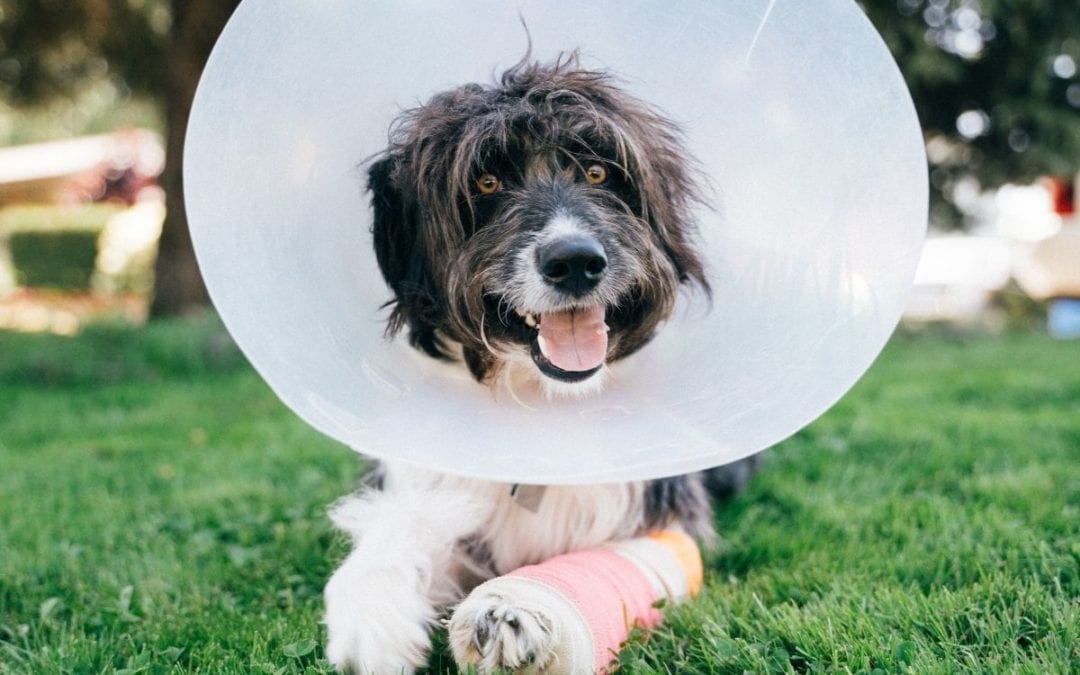As pet guardians, we feel responsible for keeping our pets safe and pain-free. We can’t always keep them out of trouble though, and sometimes they can end up with a broken leg. It’s one of the most traumatic events most pets will ever go through, and it’s hard to watch your companion struggle with the pain and discomfort. Luckily, our team is here to help! We strive to provide relief from pain and get them back to mobility as soon as possible.
Signs of a fracture
A fracture is the official name for a broken bone or cartilage. The break may be complete or incomplete, but either way, there will always be some damage to the soft tissue surrounding the break. Many fractures are a result of trauma. This includes the obvious scenarios like being hit by a car, or falling from a tall height, but also includes less obvious injuries, like wrestling with a much larger pet or being stepped on. Older and smaller animals are more likely to suffer a break than others. Signs of a fracture include:
- Limping to not using the leg at all
- Pain at the fracture site
- Swelling
- Guarding the injury or increased fear aggression
- Reluctance to eat
Fracture treatment
While a referral from your primary veterinarian isn’t required for this procedure, it is strongly recommended. There is a wide variety of ways to treat a broken bone, and selecting the right one depends on the type and location of the fracture, the size, age, and activity of the animal, and previous medical history.
Some common repair techniques include:
- Using a splint or cast – this is placed on the outside of the limb and will need to be changed regularly throughout the healing process
- External fixation – this involves placing pins through the skin into the bone and connecting the pins to a strong support rod above the skin.
- Internal fixation – this usually involves a plate and screws (although there are other options as well) placed directly on the bone. The hardware is usually left in place for life.
After the surgery, your veterinarian may suggest some other treatment options to help the healing process. This commonly includes physical therapy to help rebuild muscle and improve the use of their legs.
How can I help my pet recover from a fracture?
The good news is that most fractures heal, and your pet’s bones will become just as strong as before. The biggest factor affecting recovery is how well you can keep your pet rested after the surgery. Preventing all running and jumping (despite how often they beg for fetch or use the kitten eyes asking to play with their favorite toy) will give them the best chance of healing possible.
If your animal companion has recently suffered a fracture, and you need to discuss options, please contact us. We’re here to help!

